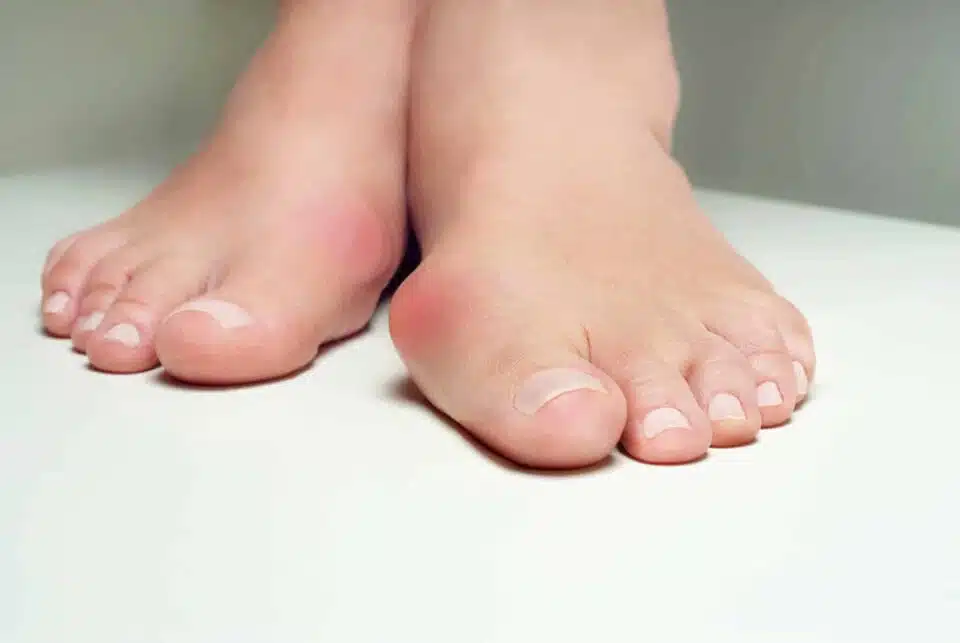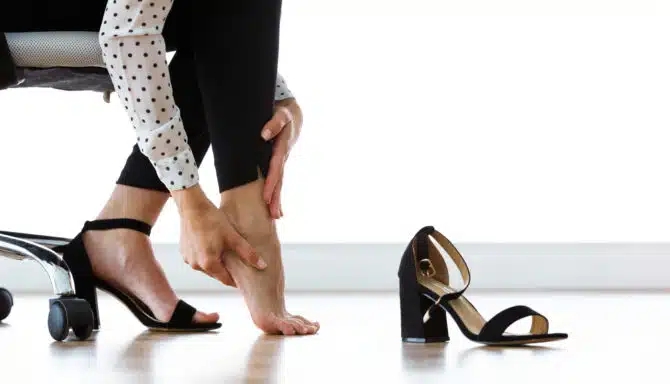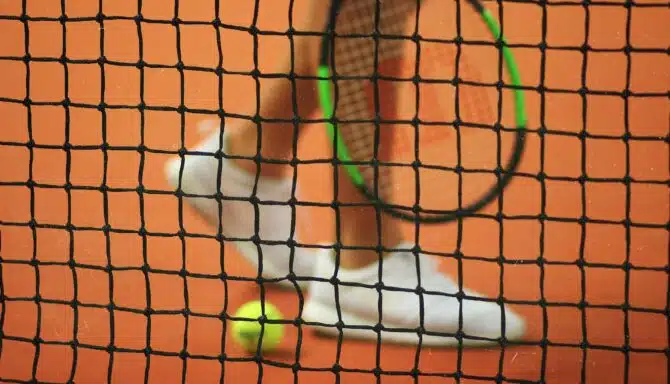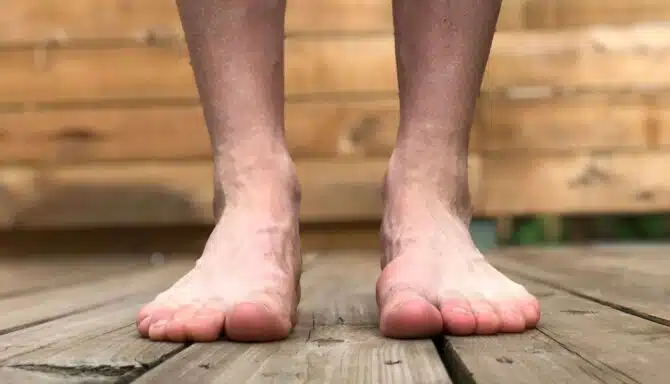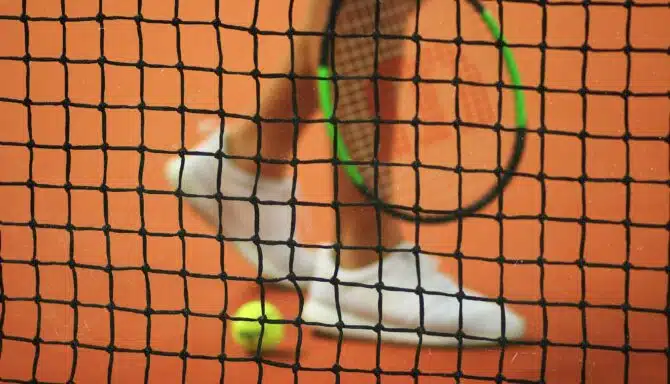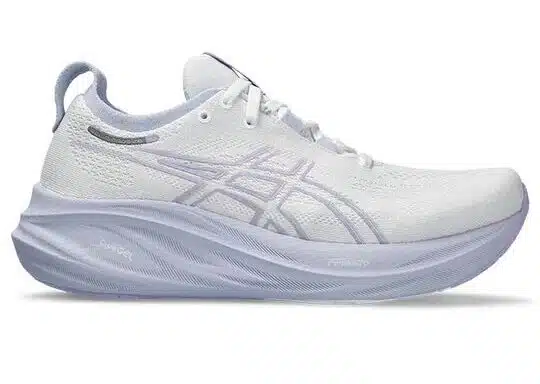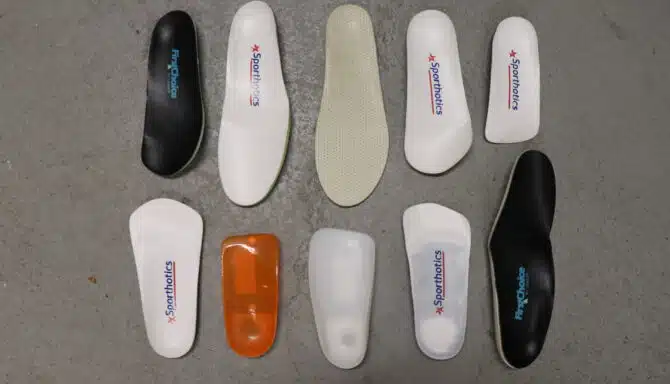Bunions, bony protrusions that often develop at the base of the big toe, are a common foot ailment affecting millions worldwide. While they may not be life-threatening, they can be a source of persistent discomfort and impact one’s quality of life.
This blog explores the causes, symptoms, and effective management strategies for understanding and coping with bunions.
Understanding Bunions
What are bunions?
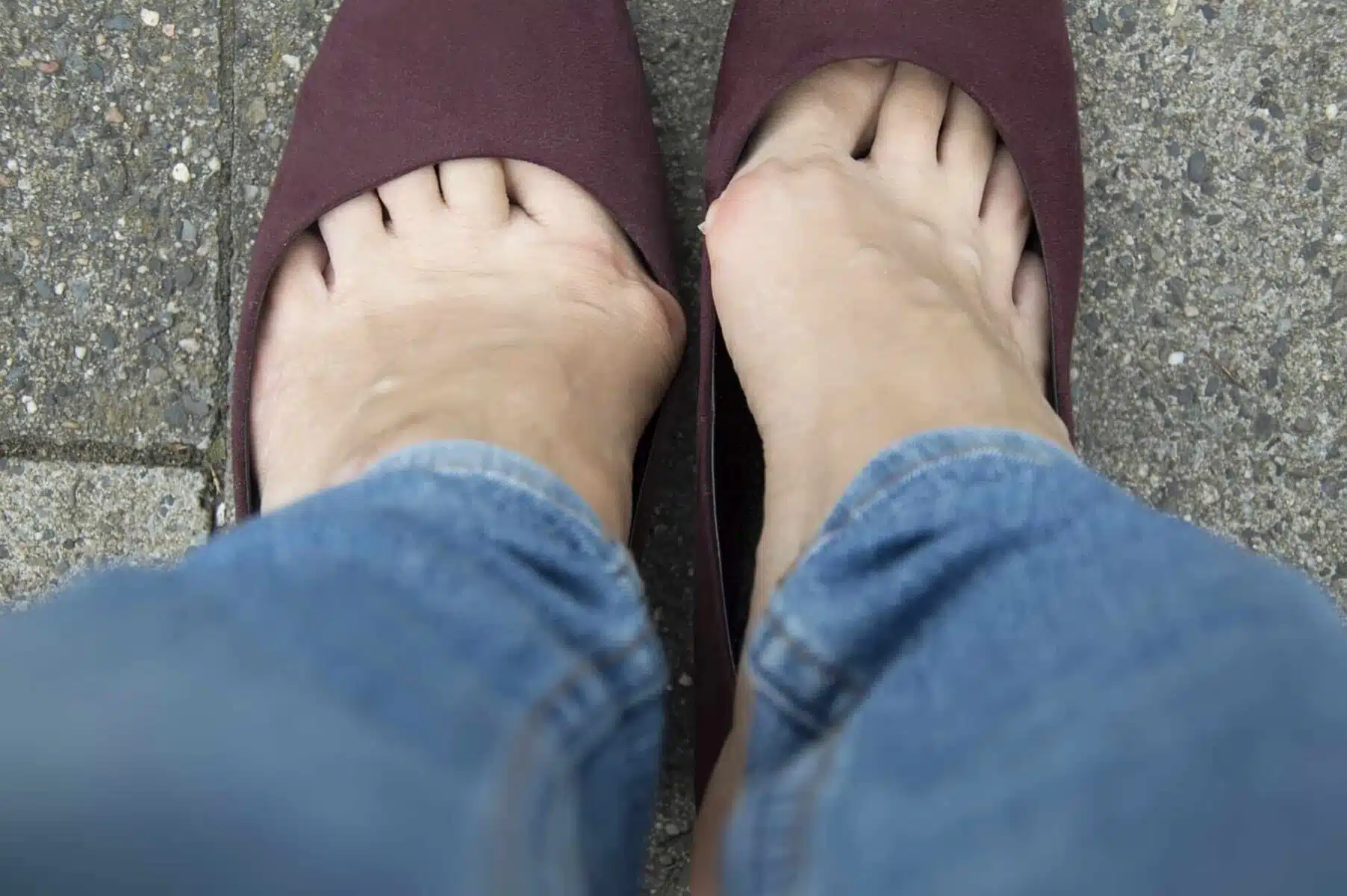
Bunions, or hallux valgus, occur when the joint at the base of the big toe misaligns. The misalignment causes the big toe to point toward the other toes. Over time, the shifting joints and bones lead to a bony bump on the side of the foot.
What causes bunions?
Bunions often develop due to a combination of genetic and environmental factors. High heels and shoes with narrower toe boxes can exacerbate the condition, as can specific foot shapes and abnormalities. Additionally, conditions such as rheumatoid arthritis can contribute to their development. Activities with excessive pressure and strain on the toes and joints at their base, such as ballet or running, can also lead to a bunion.
What are the symptoms of bunions?
Common symptoms of bunions include pain, swelling, redness, and restricted movement of the affected toe. The prominence of the bony bump can also lead to the development of calluses and corns.
Managing Bunions
Choose the correct footwear
One of the primary ways to manage bunions is by wearing shoes that provide ample room for the toes. Opt for shoes with a wider toe box and lower heel height to reduce pressure on the affected joint. Avoid high heels and pointed shoes, as they can exacerbate the condition.
Additionally, you can supplement footwear with bunion splints and aligners, or toe taping, all of which help realign the big toe to its natural position.
Custom orthotics
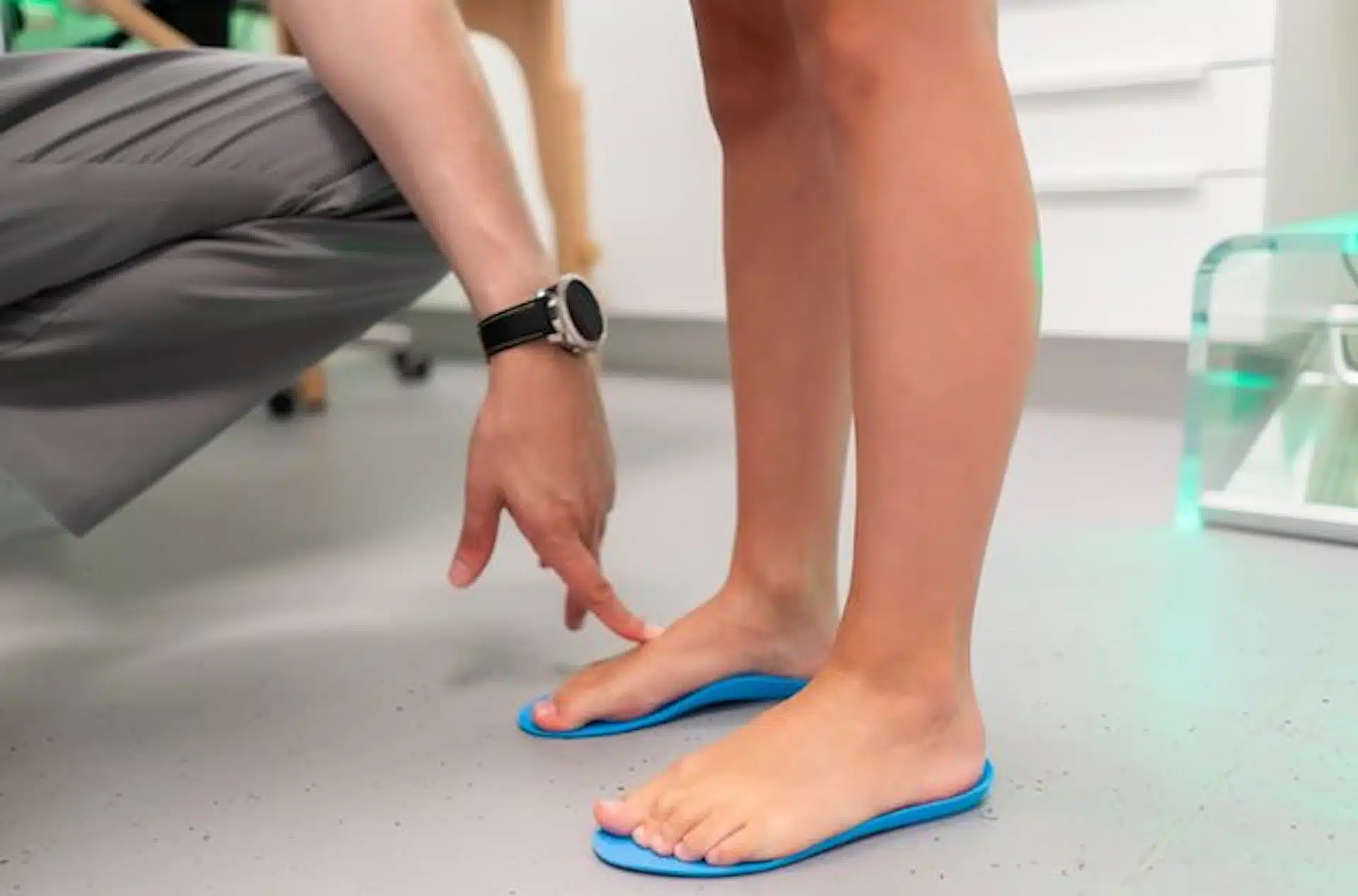
Orthotic inserts can provide additional support and help alleviate discomfort associated with bunions. These inserts can be purchased over the counter or customized by a chiropodist to suit the specific needs of your feet.
Toe exercises
Regular toe exercises can improve the flexibility and strength of the toes, potentially relieving some of the pressure on the affected joint. Simple exercises like toe stretch and toe-tapping can be beneficial.
Cold compression and elevation
When experiencing pain and swelling, applying a cold compress and elevating the foot can help reduce inflammation. Cold compression can be beneficial after prolonged periods of standing or walking.
Shockwave therapy
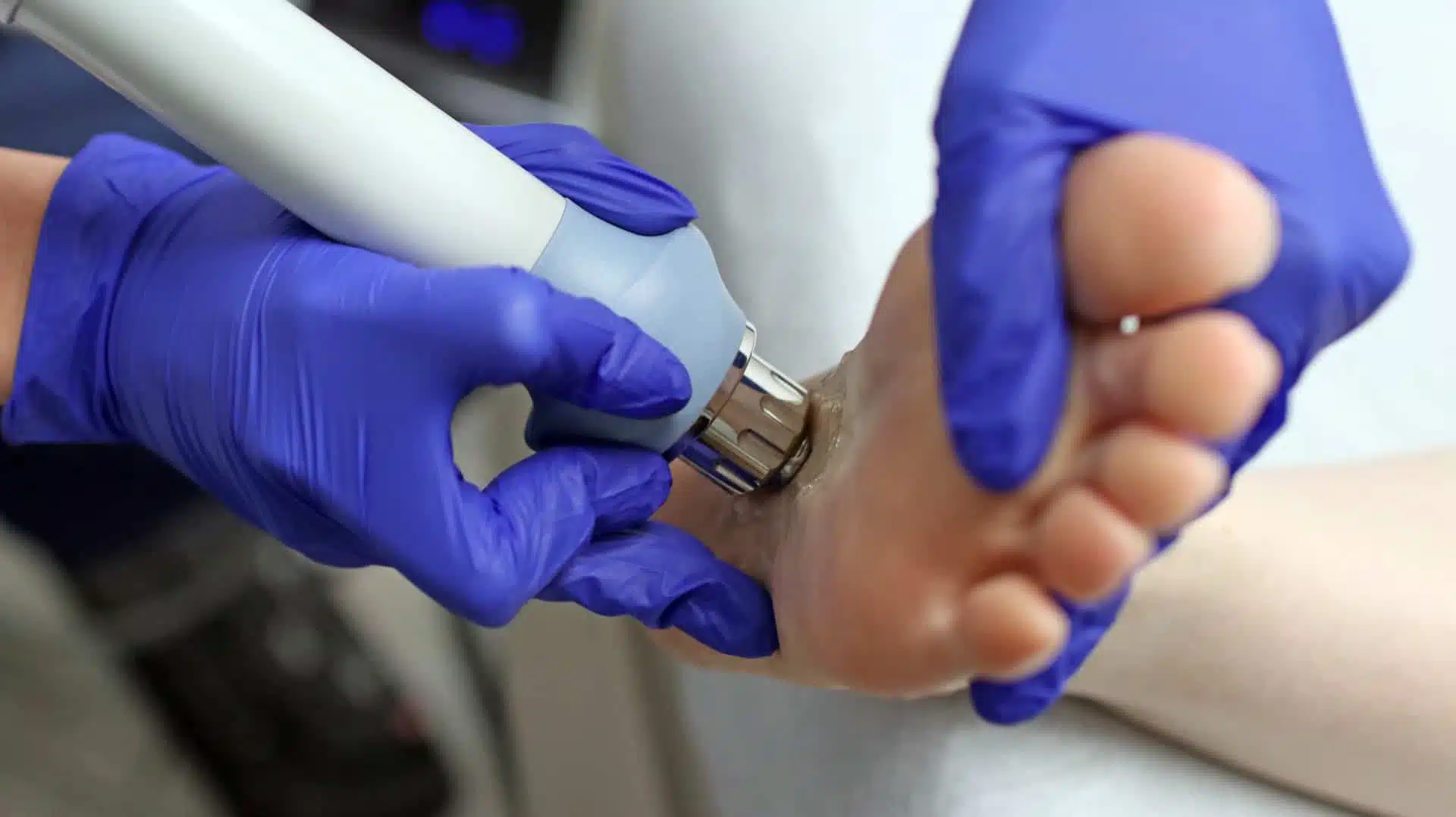
This non-invasive treatment can help treat tight muscles and other soft tissue injuries that can often coincide with bunions.
Pain management
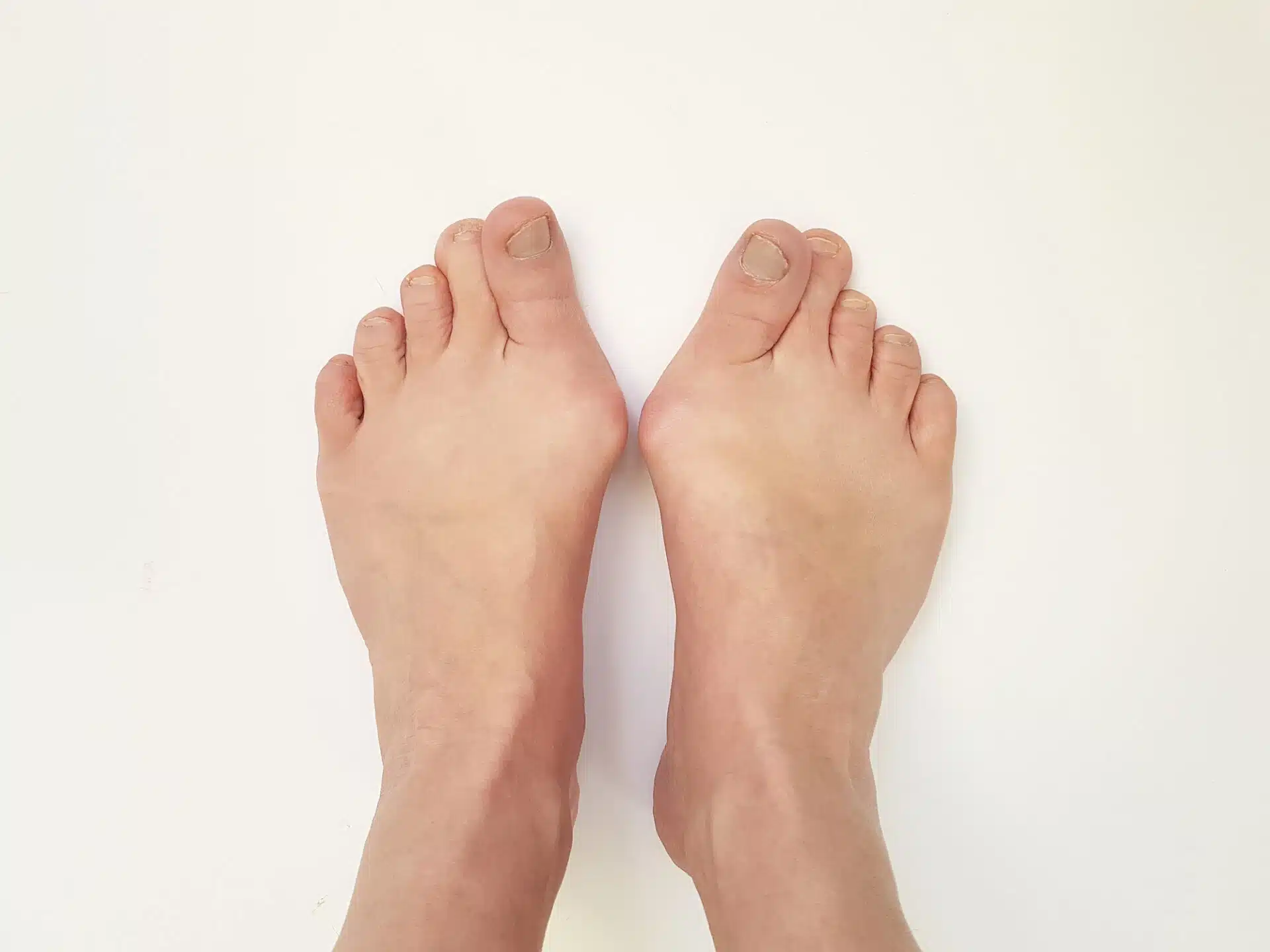
Over-the-counter pain relievers and anti-inflammatory medications can effectively manage pain associated with bunions. However, consulting a healthcare professional before starting any medication regimen is essential.
Surgical options
In cases where conservative measures prove ineffective, surgical intervention may be considered. Bunion surgery aims to realign the joint, remove the bony bump, and alleviate pain. Generally, surgery is considered a final resort for severe cases or when conservative methods have failed. Side effects from the surgery include nerve damage, wound-healing problems, and, in rarer cases, osteoarthritis of the metatarsal bone.
